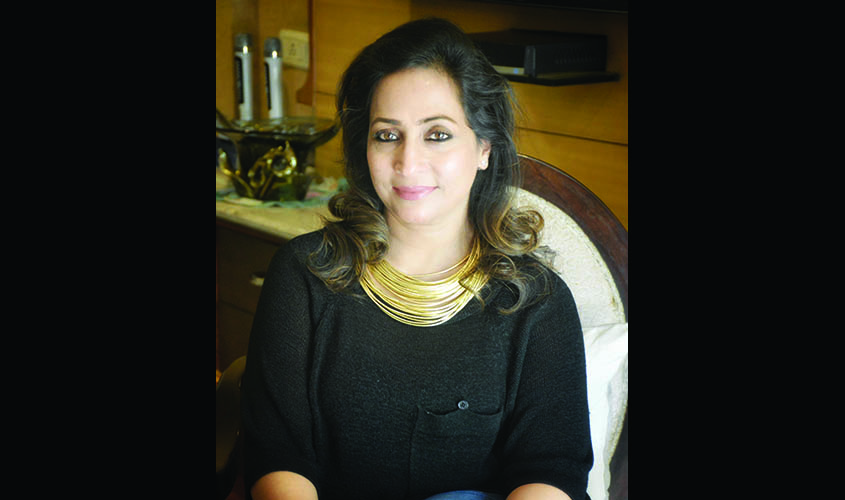Anju Goel is founder of the interior design brand, O’My! She spoke to Guardian 20 about her career and the current trends in the field of interior design.
Q. What are the latest changes in interior design industry?
A. Change is the biggest constant in interior design. From the bright colours of the ’60s to the clean modernism of the 21st century, design has changed heavily over the years. However, recurring elements are recycled as retro and designers frequently look back for inspiration. Design trends post-2010 are about vintage aesthetics creeping back into homes. Gardens with flowerpots made from steel buckets, kitchens with brightly coloured appliances and crockery, and rooms that mix wood and synthetic materials are being employed by interior designers to create bright and cozy homes for the new generation.
But the biggest change which encompasses almost all elements of home interiors is that everybody is going smart. Barely a day goes by without one of the tech giants releasing a new gadget designed to make our homes more connected, whether it is the kitchen or bedroom. Google Home has already been around for years now—a smart home control center that acts as a personal assistant, alarm and speaker rolled into one. Speak to your Google Home device and it will turn off your television, or remind you about upcoming appointments. In the near future, smart homes will go much further than just standalone devices. Smart interiors will be built into the very structure of our homes.
Q. Who do you think dictates architectural trends in India at the moment?
A. Since the majority of the population worldwide sits within the 20 to 50 year old age bracket, it is not surprising that this majority is leading the change. This is the age bracket where people set individual tastes and preferences. This generation is already dictating home décor trends, meaning there will need to be a younger aesthetic, fresher designs and a more eclectic and individualised setting. The “cookie cutter” look or being the same as everyone else, especially like their parents, is long gone.
These age groups value eco-friendly and sustainable design concepts and opt for these items when planning their interior décor. Recycled, reused and eco-friendly furniture and embellishments will be preferred. As consumers grow wary of the environmental and social mark they are leaving on the world, their interest in sustainable design will increase. Sustainable design has become a buzzword across a range of industries. From landscaping to beauty, the future of eco-friendly practices looks bright. For interiors, where it used to have connotations of shabby chic, today eco-friendly design is entirely in trend. This trend looks set to grow as we consider the future of interior design. Up-cycling furniture, buying local and actively seeking energy-efficient materials are becoming increasingly common.
Q. What inspires your designs?
A. I think my design inspiration is rooted in childhood experiences, whether tactile or sensory. So craft and needlework that I grew up with is a big play in my designs. Also, the outdoors and nature. I find these appeal to me in many ways… Sometimes in the rains in Mumbai, or the early birds in my garden, the crunch of seashells on a beach under my feet… It could be anything.

